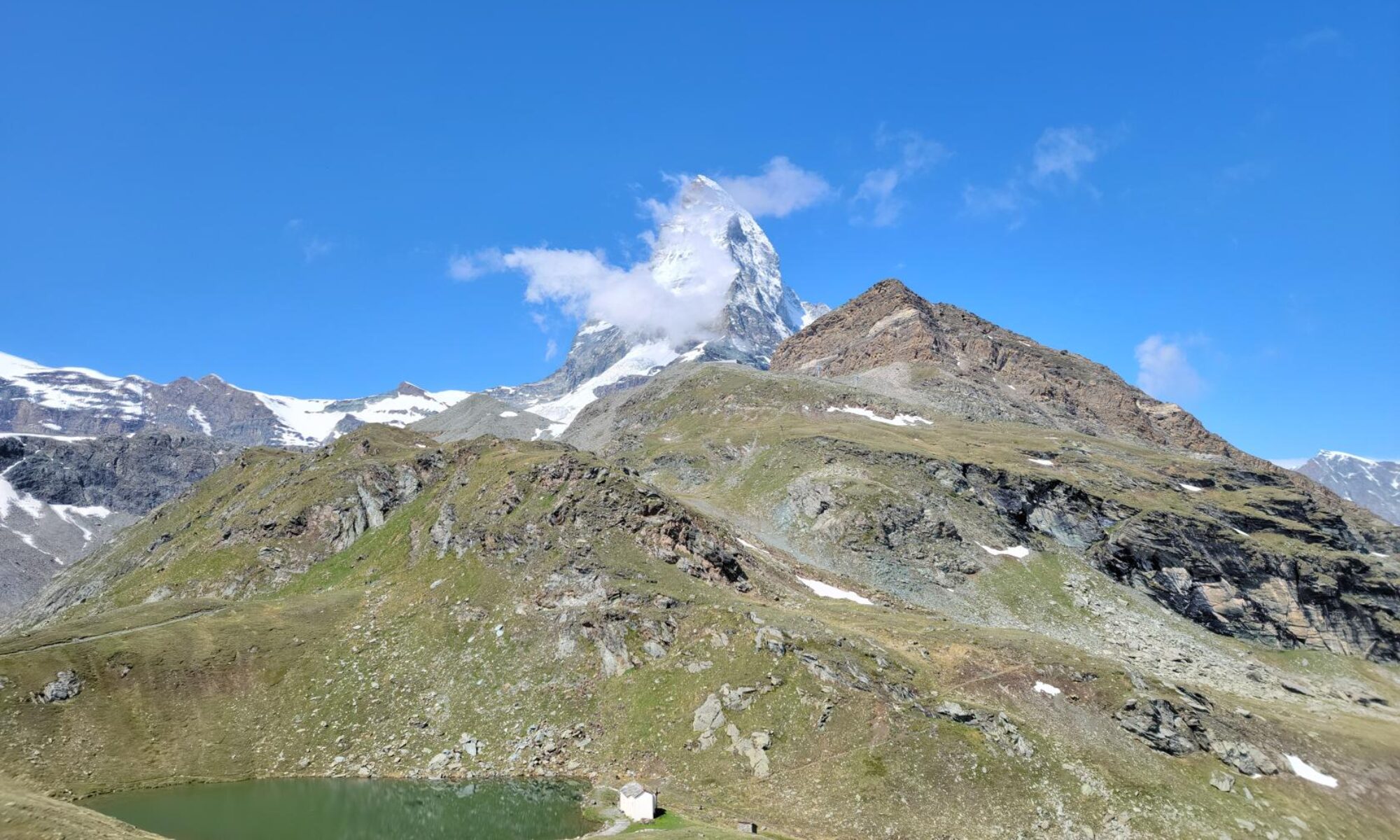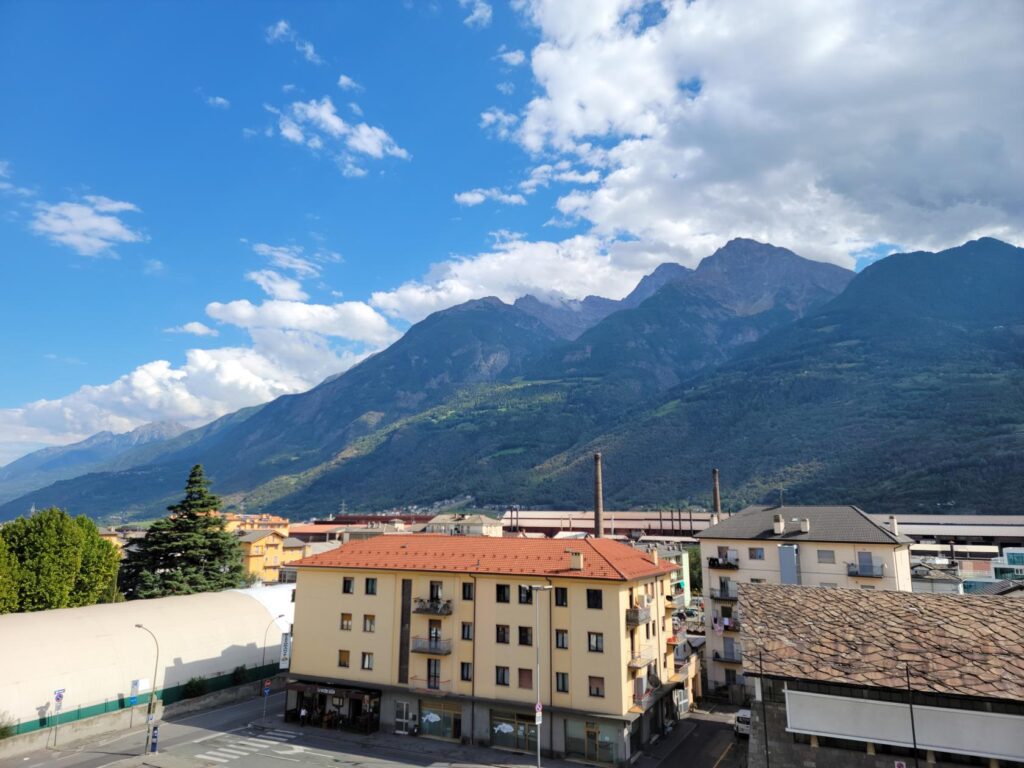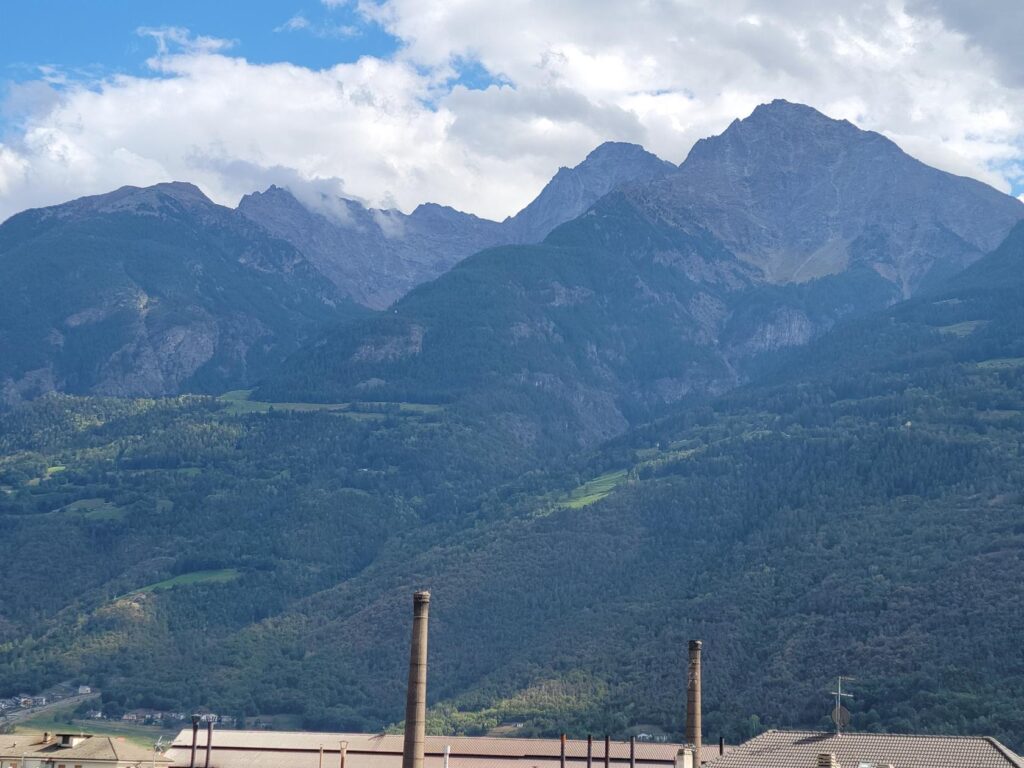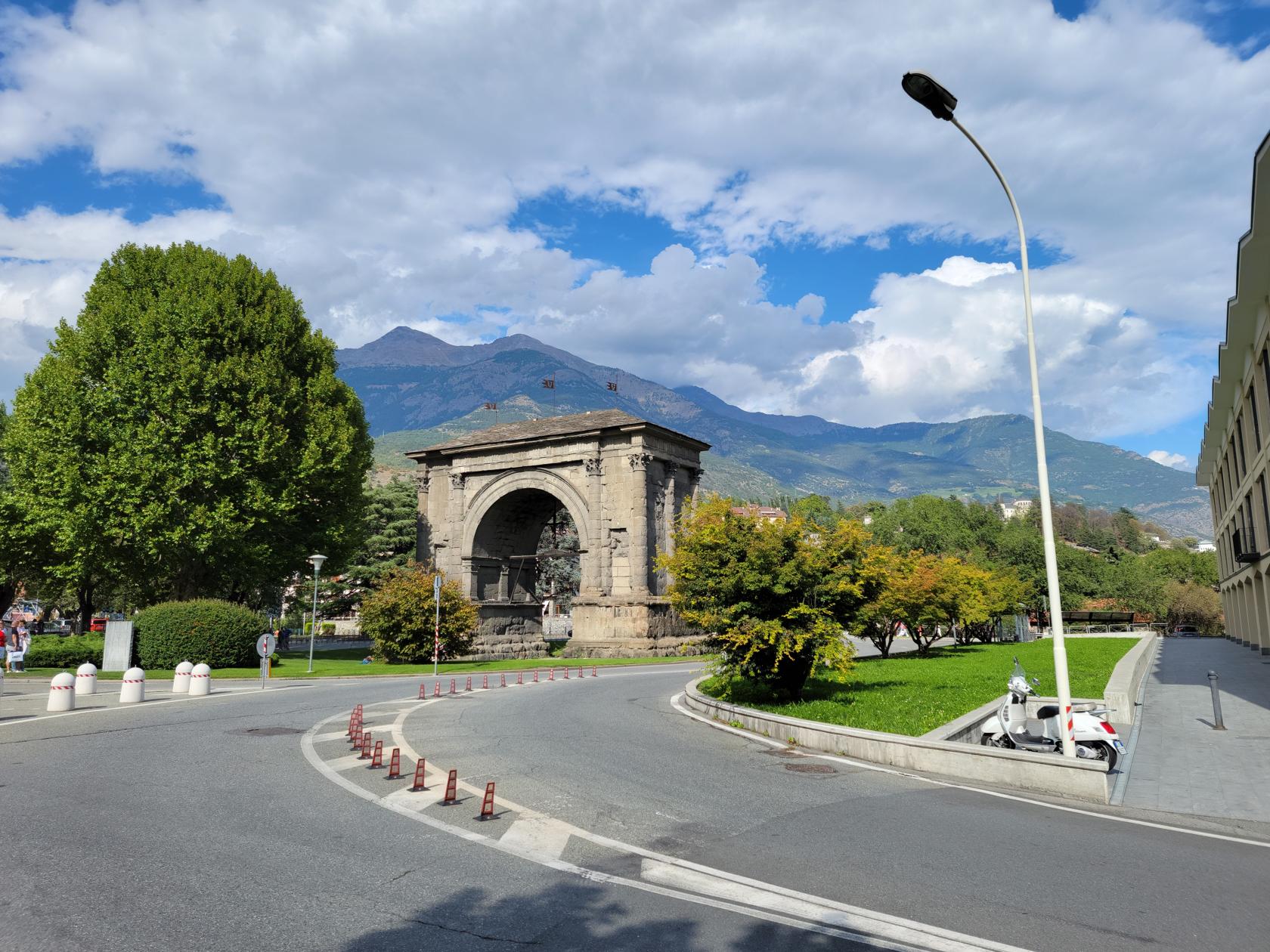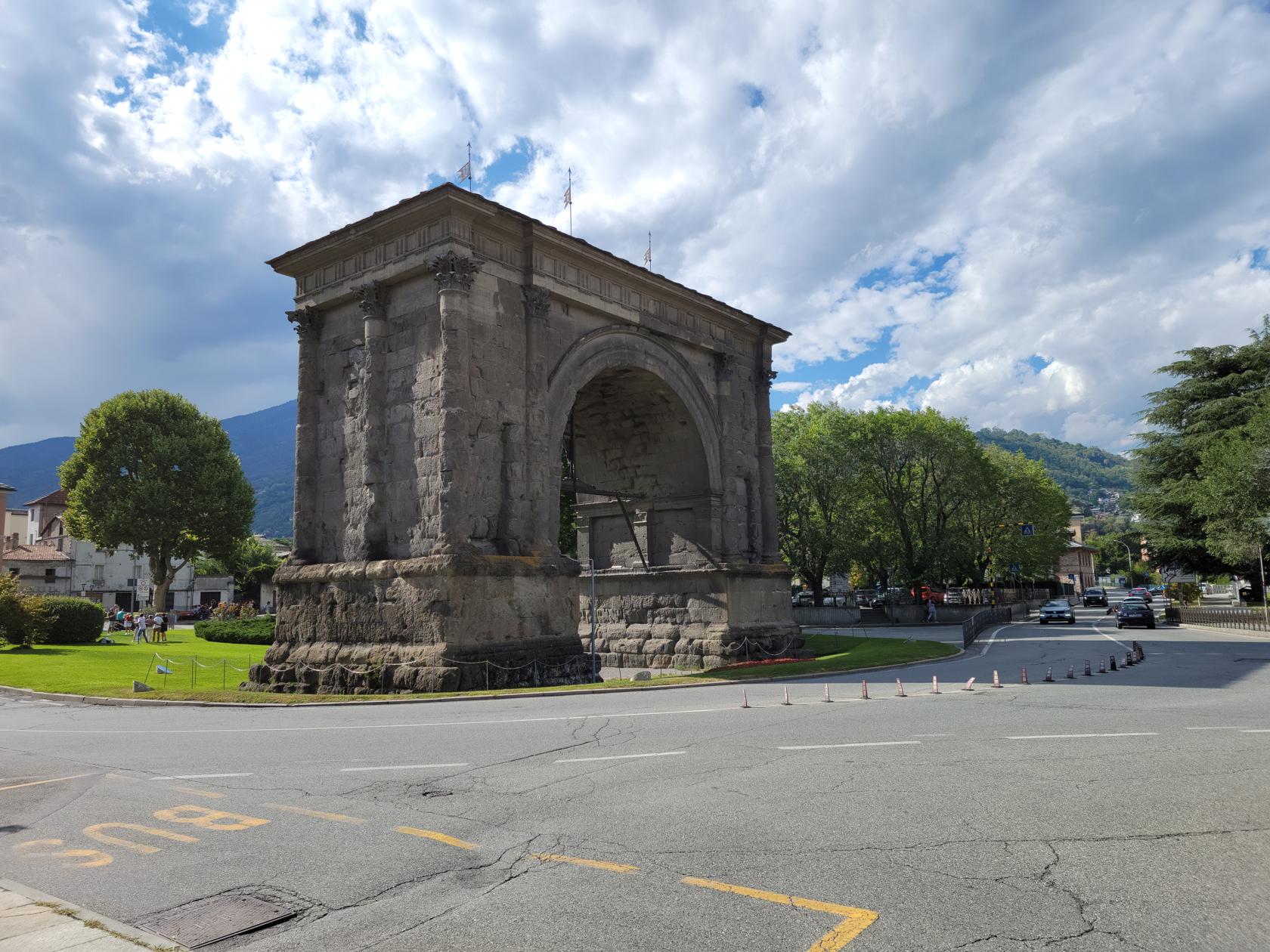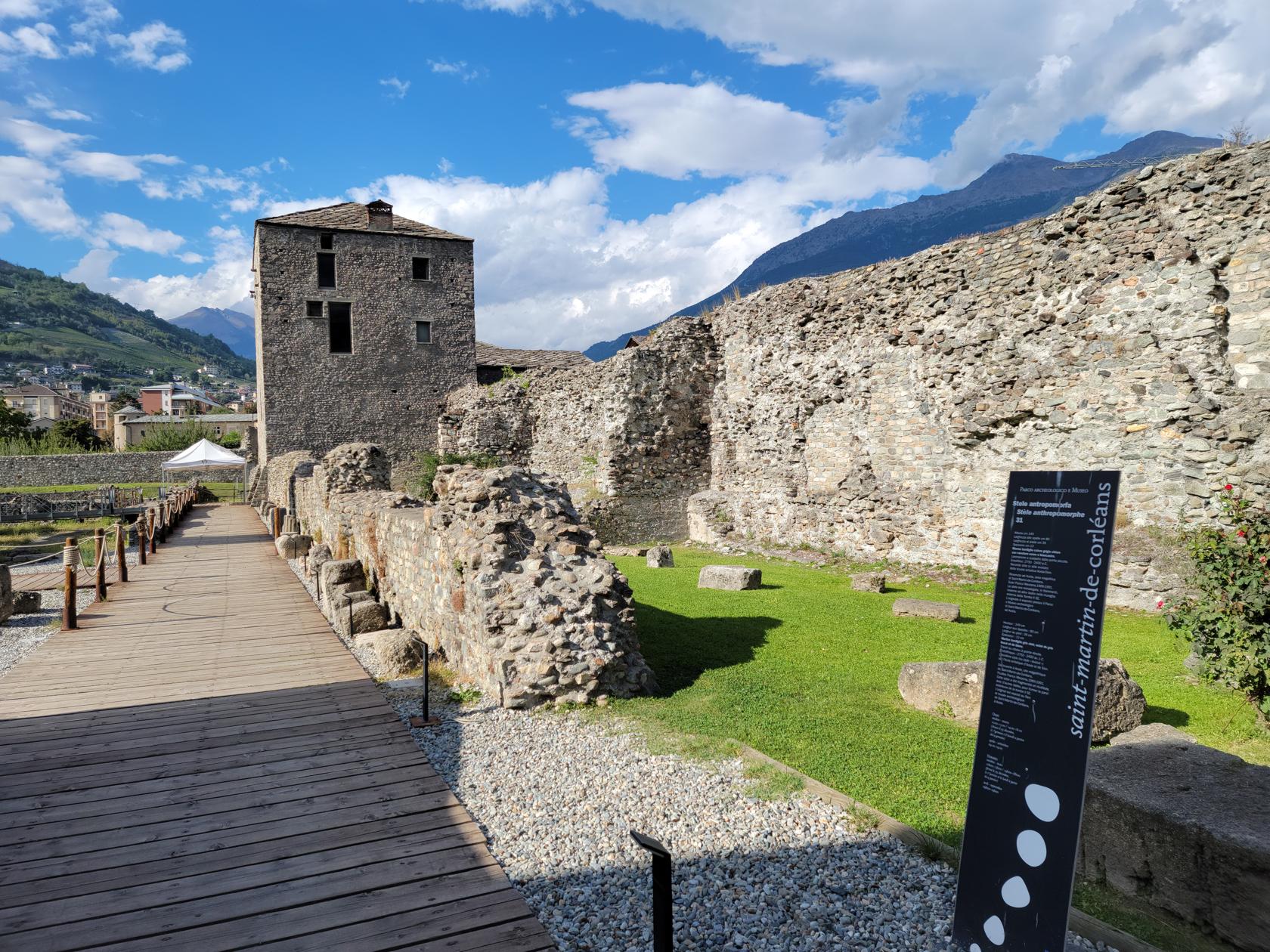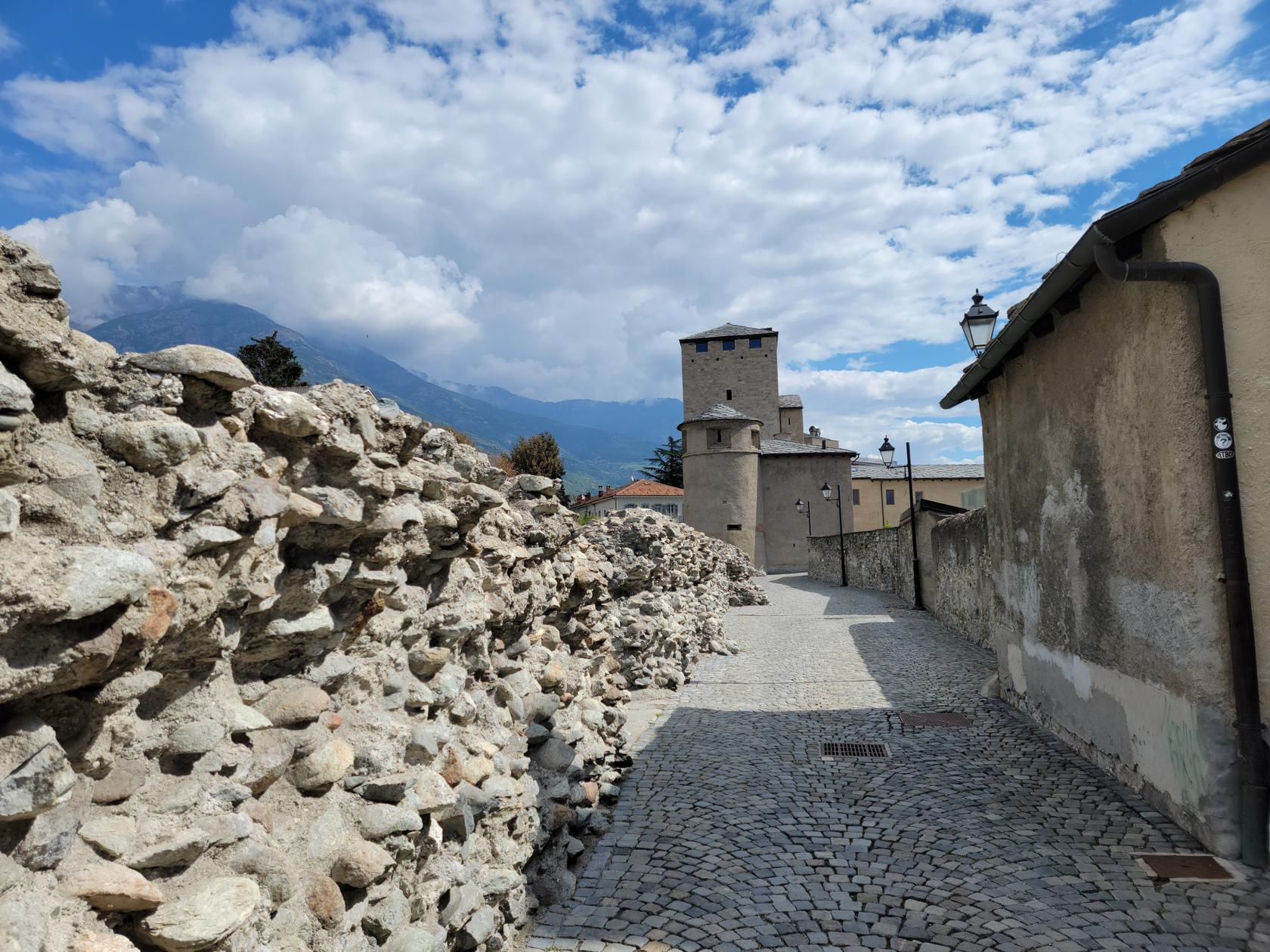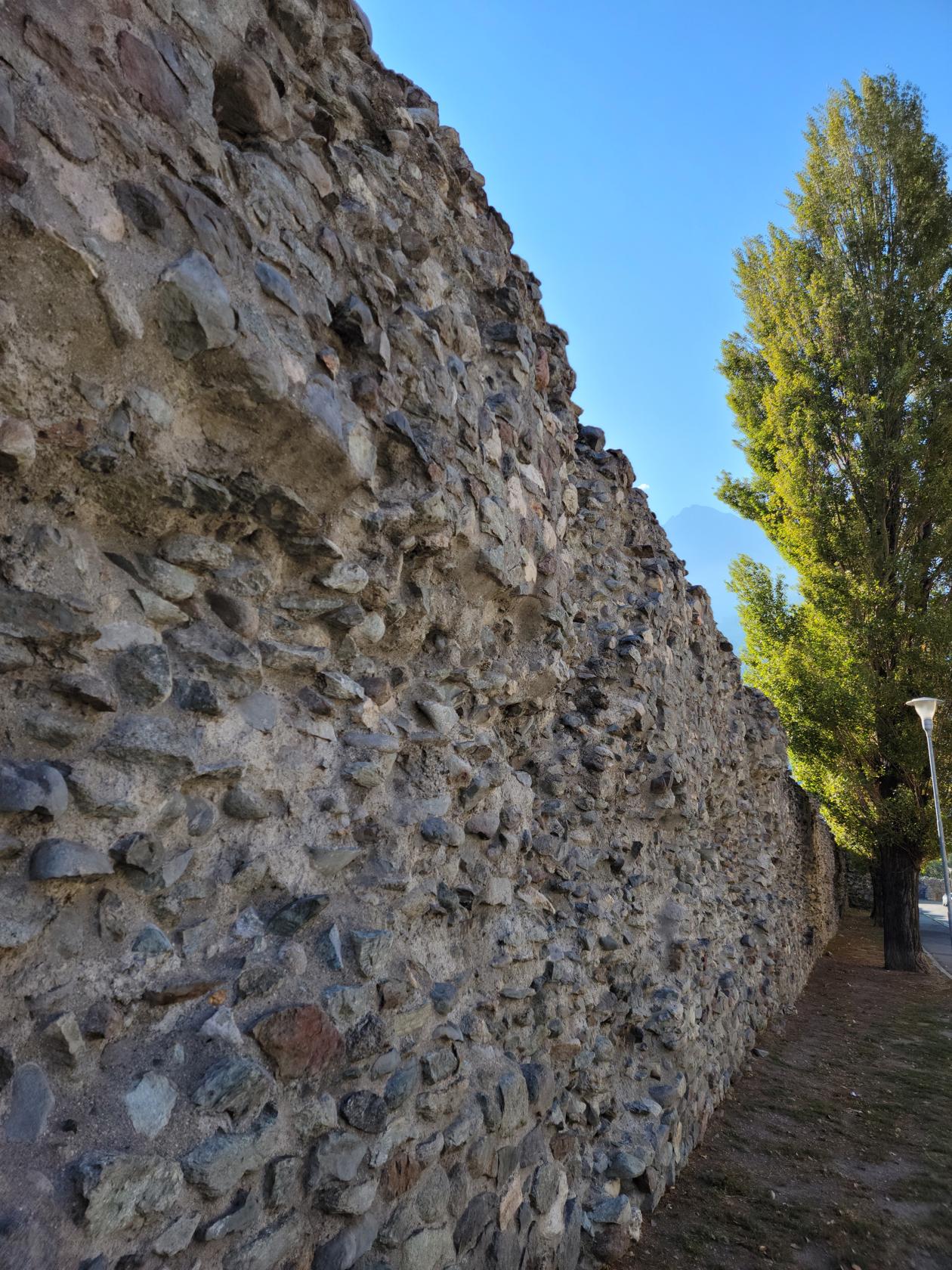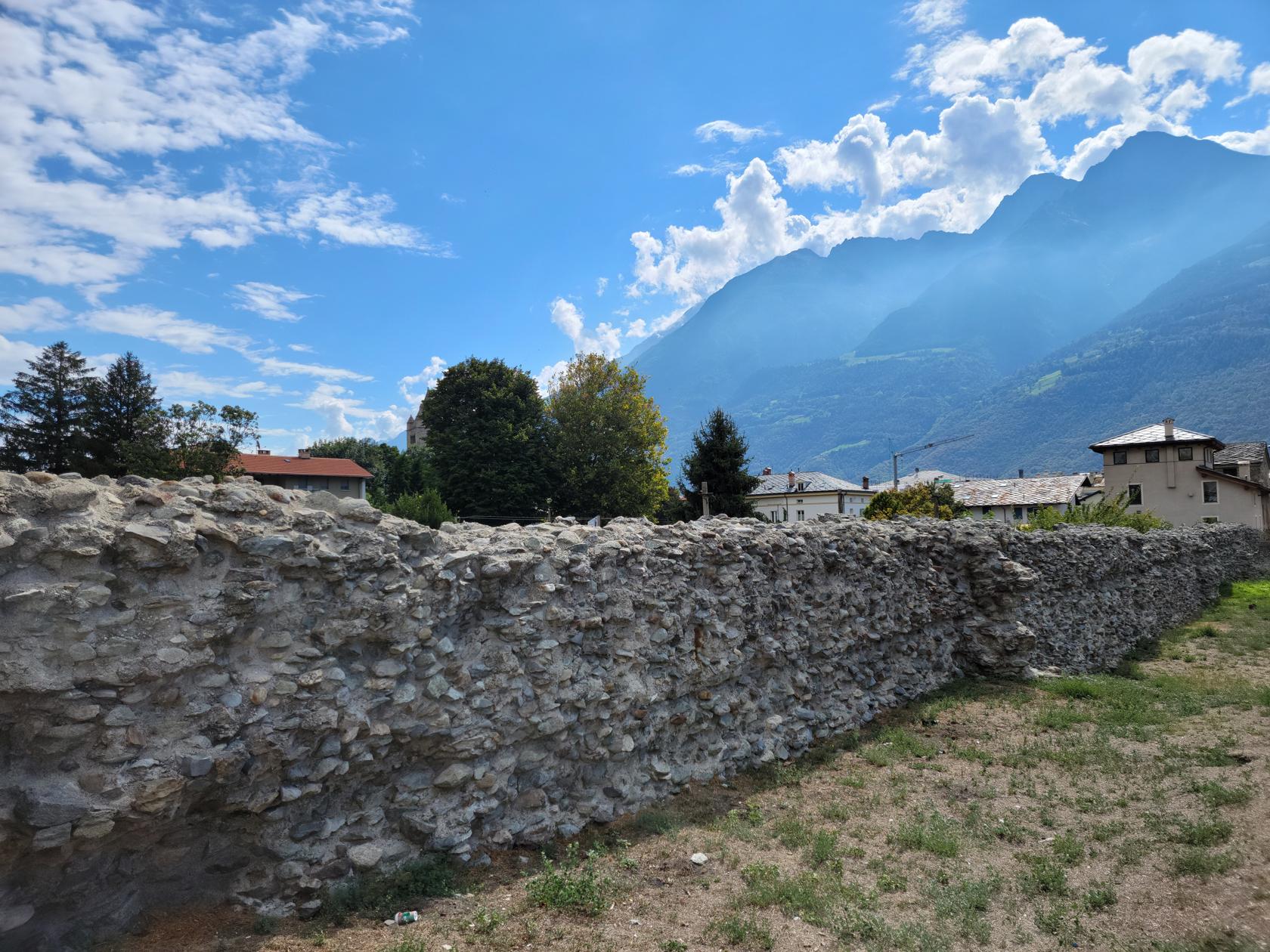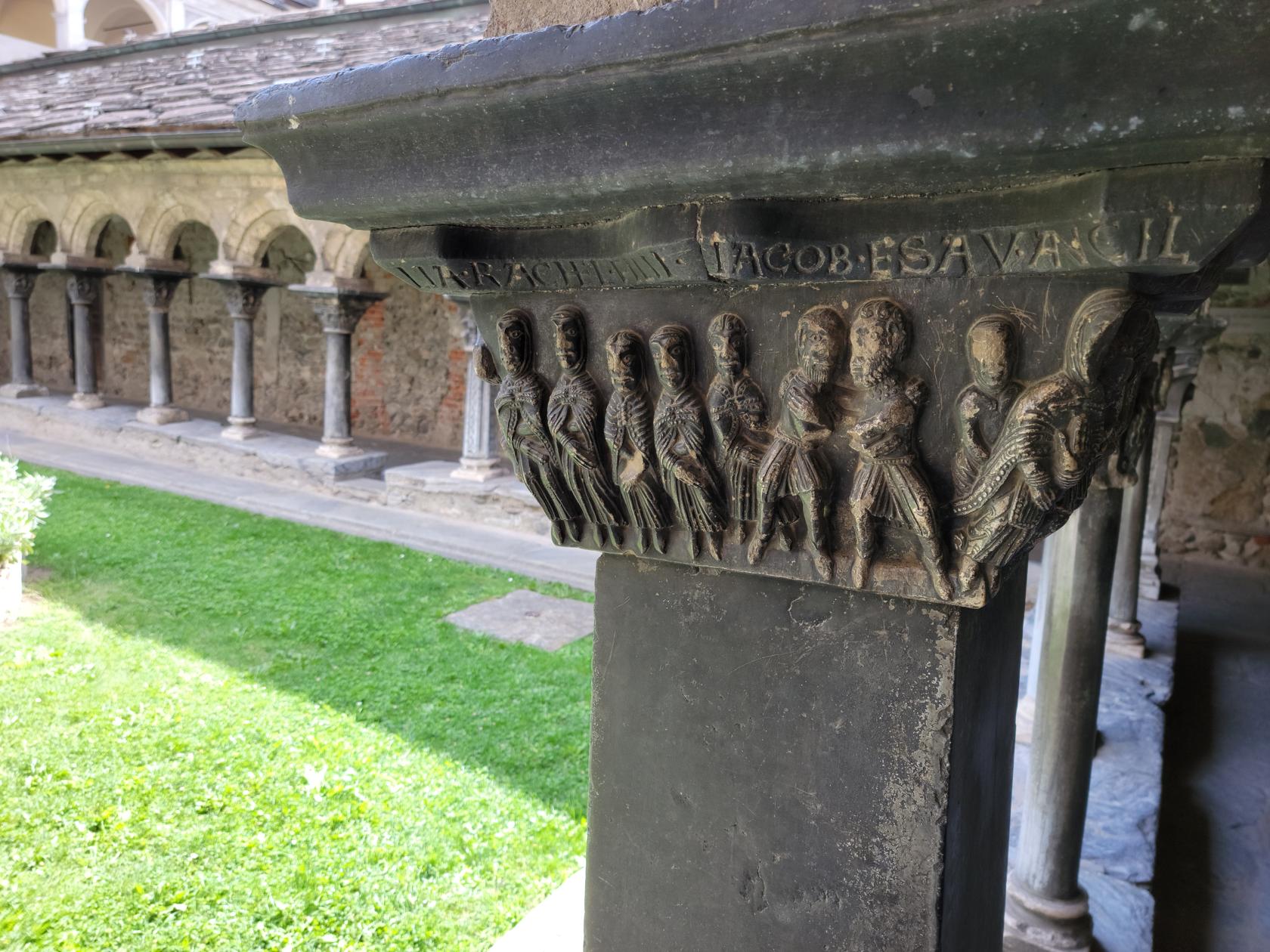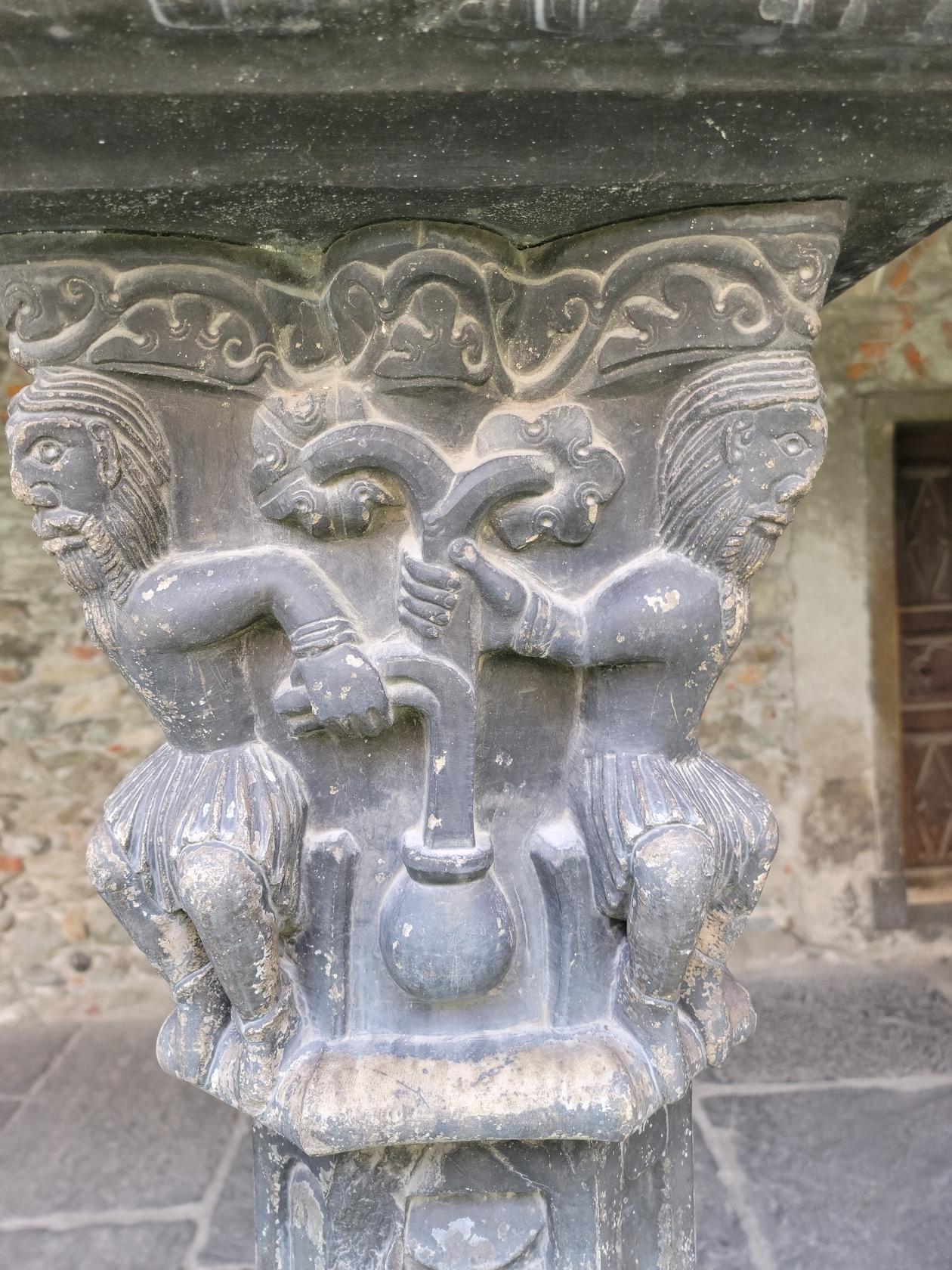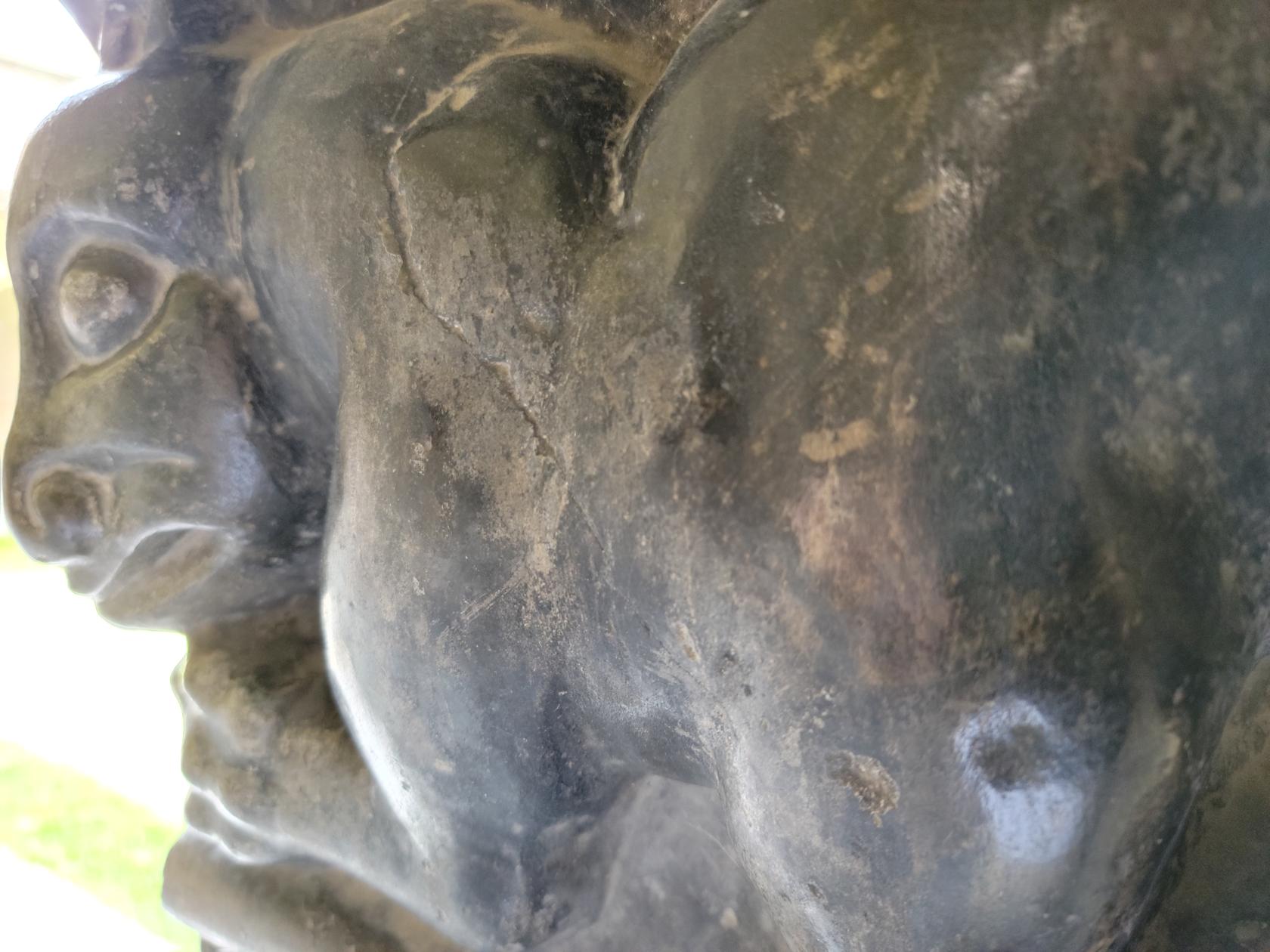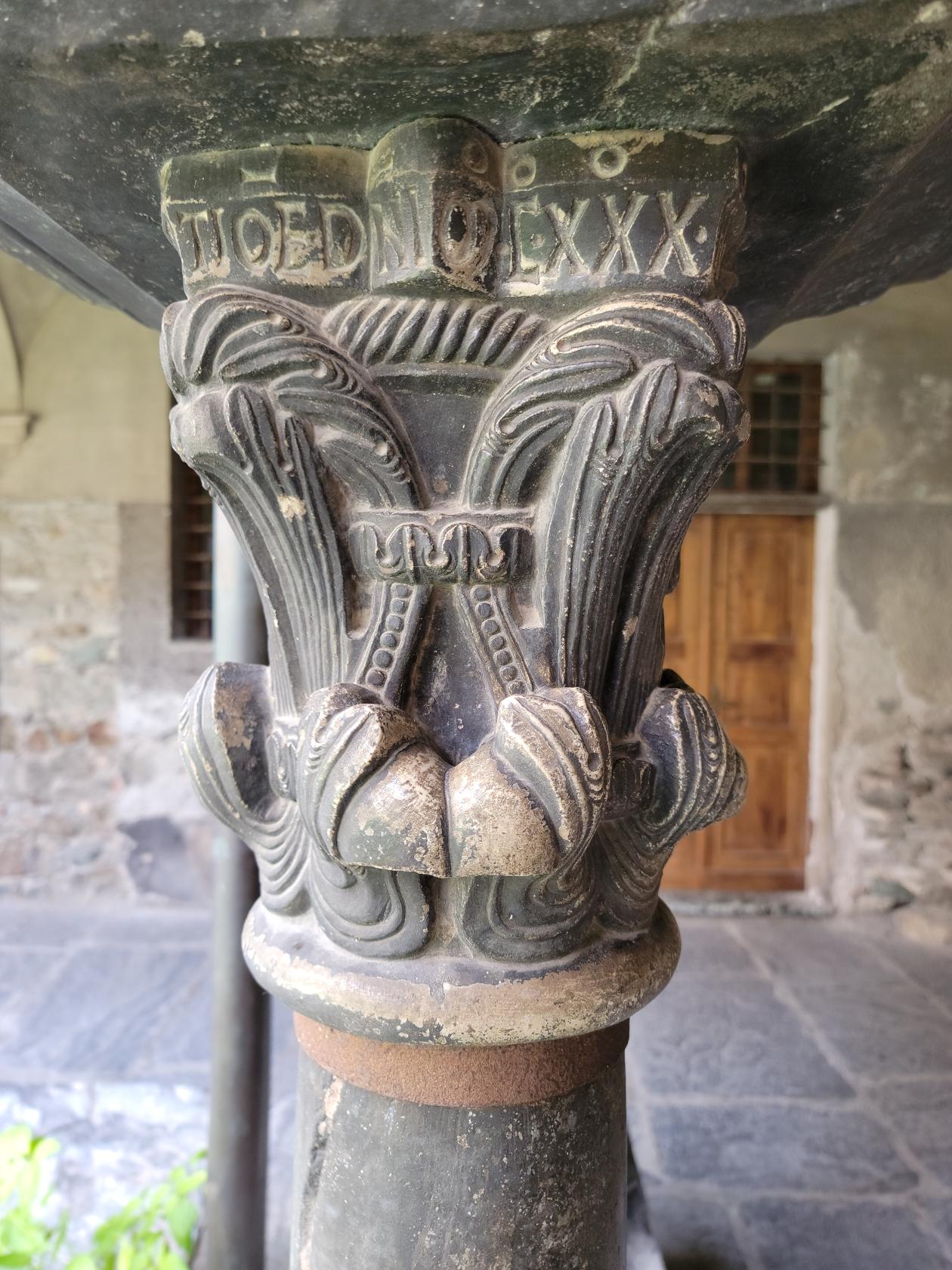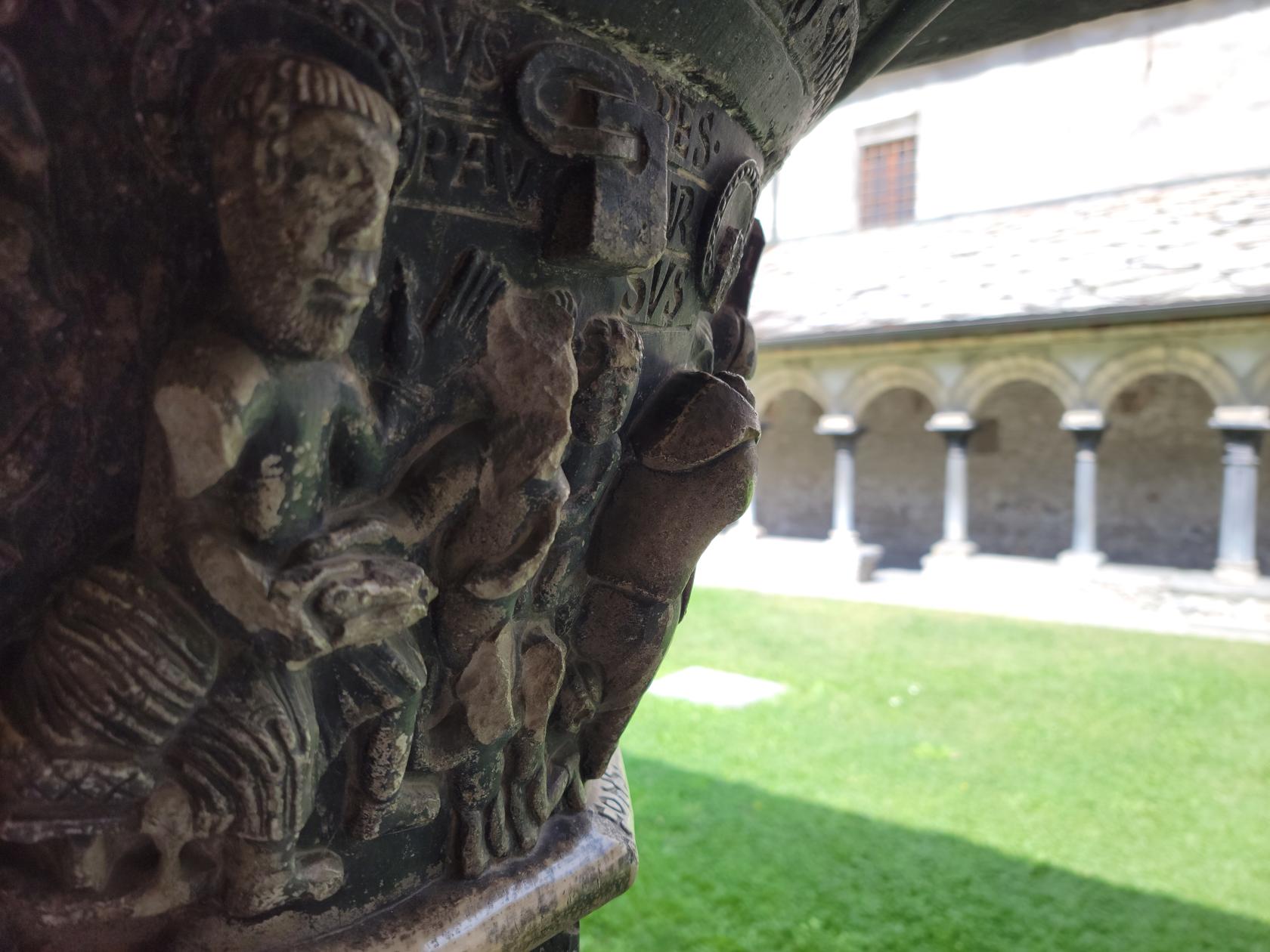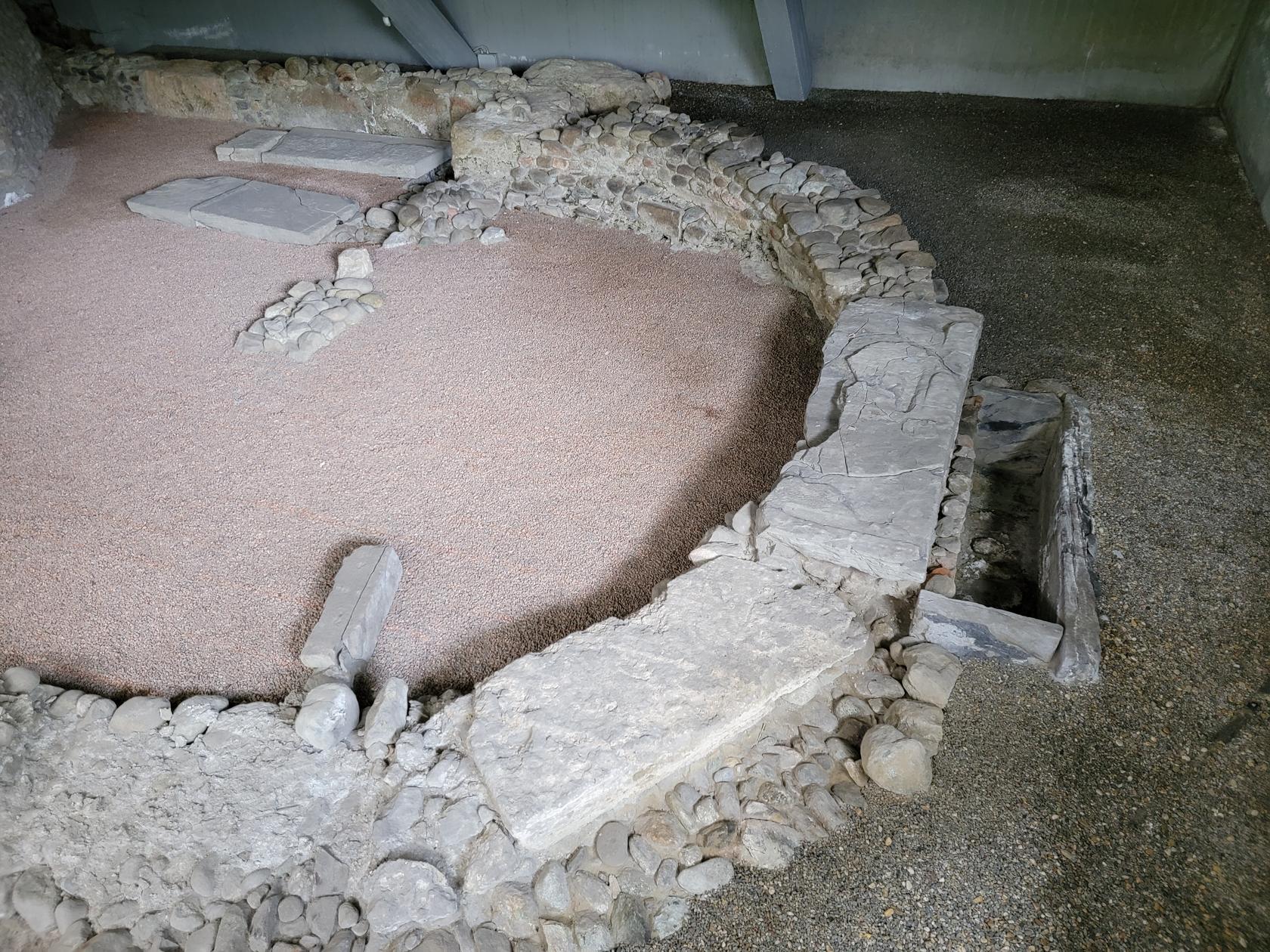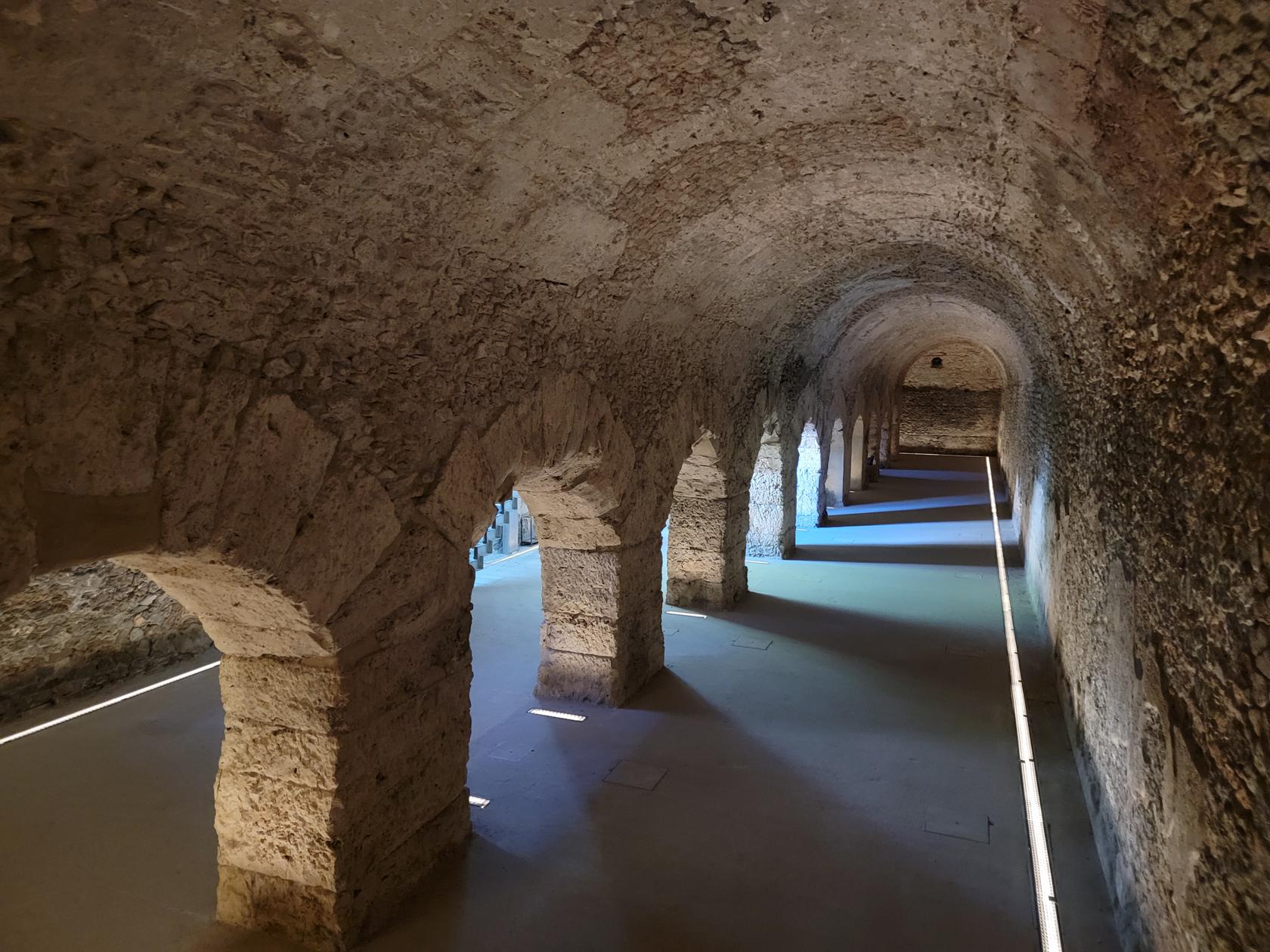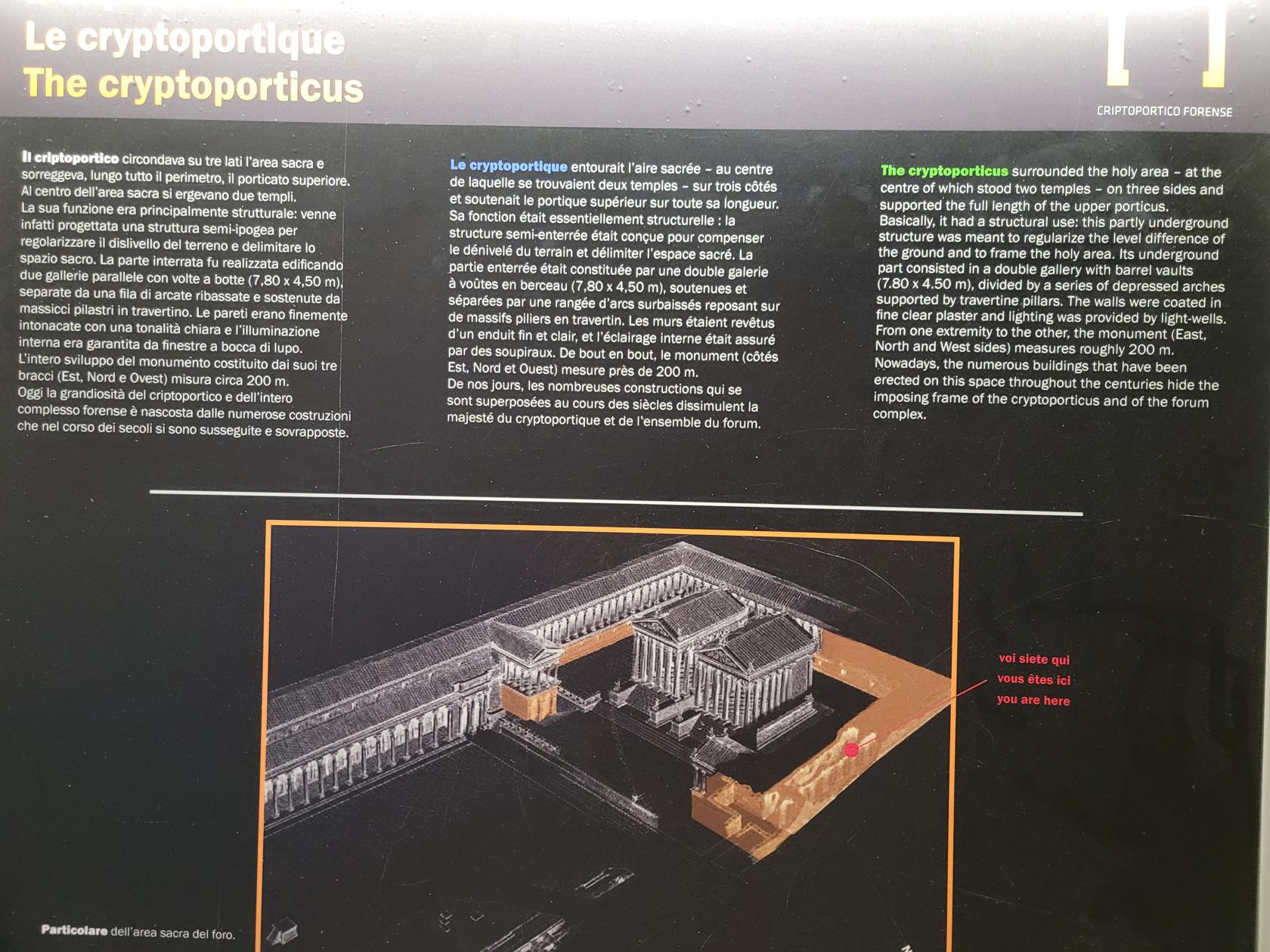Located about two hours north of Turin by train and down a very large valley, is the small city of Aosta (pronounced: Ahh’osta). It is a cute little city of about thirty-five thousands inhabitants and a former ancient Roman military outpost.

We had planned a short trip for Aosta some time ago, hoping to go there during the hot summer month of July, but we were busy. So, we adjusted our plans to September and glad we did. The valley can be as hot as the Po Valley in summer and can also have wild swings in weather. So, along with the fact that we had additional plans for Mont Blanc, we prepared both ways, and perhaps in the end packed a bit too heavily.
The Valley
It is located in the Aosta Valley of the same name and is the capital of one of the autonomous regions in Italy. It can be found at the confluence of the rivers Dora Baltea, which starts at the foot of Mont Blanc, and the Buthier, which starts at the foot of the Grandes Murailles glacier and the Valpelline valley.
The City
The city is an ancient Roman enclave and military output, that was supported by the Roman Empire and an important Roman presences in the first century, guarding the northern pass from barbarians. Augustus Caesar is displayed throughout the city in many bronzes and other forms of statue.

If you are going to do any meaningful investigation of this city, you must enjoy its many archeological sites. In order to do so, a visit to the information center is needed, its by the Praetorian Gate (or triple bridge), and for a modest 8€/person, you can purchase tickets to all of the important venues in town.
Roman Arch Of Augustus
The enormous Arch of Augustus was built in 25 BCE to commemorate Augustus Caesar’s victory over the Salassis.
Located by the Pietra di Aosta bridge, which goes over the Buthier river, it is a large arch that contains a cross inside.
The Roman Theater
Another important site is the Roman Theater. Apparently in the early 1900s there were several structures built against the entrance, using it as one wall in their buildings. When the government decided that it was an important archeological site, these buildings were raised to prepare the site for excavations.
The Roman Wall and Towers
The city is encircled by a Roman Wall and several towers, four of which mark each corner of the rectangle that is made by the walls.
Collegiate Church of Sant-Orso
The Collegiate Church of Sant-Orso contains both the Church of Sant-Orso and the Cloister.
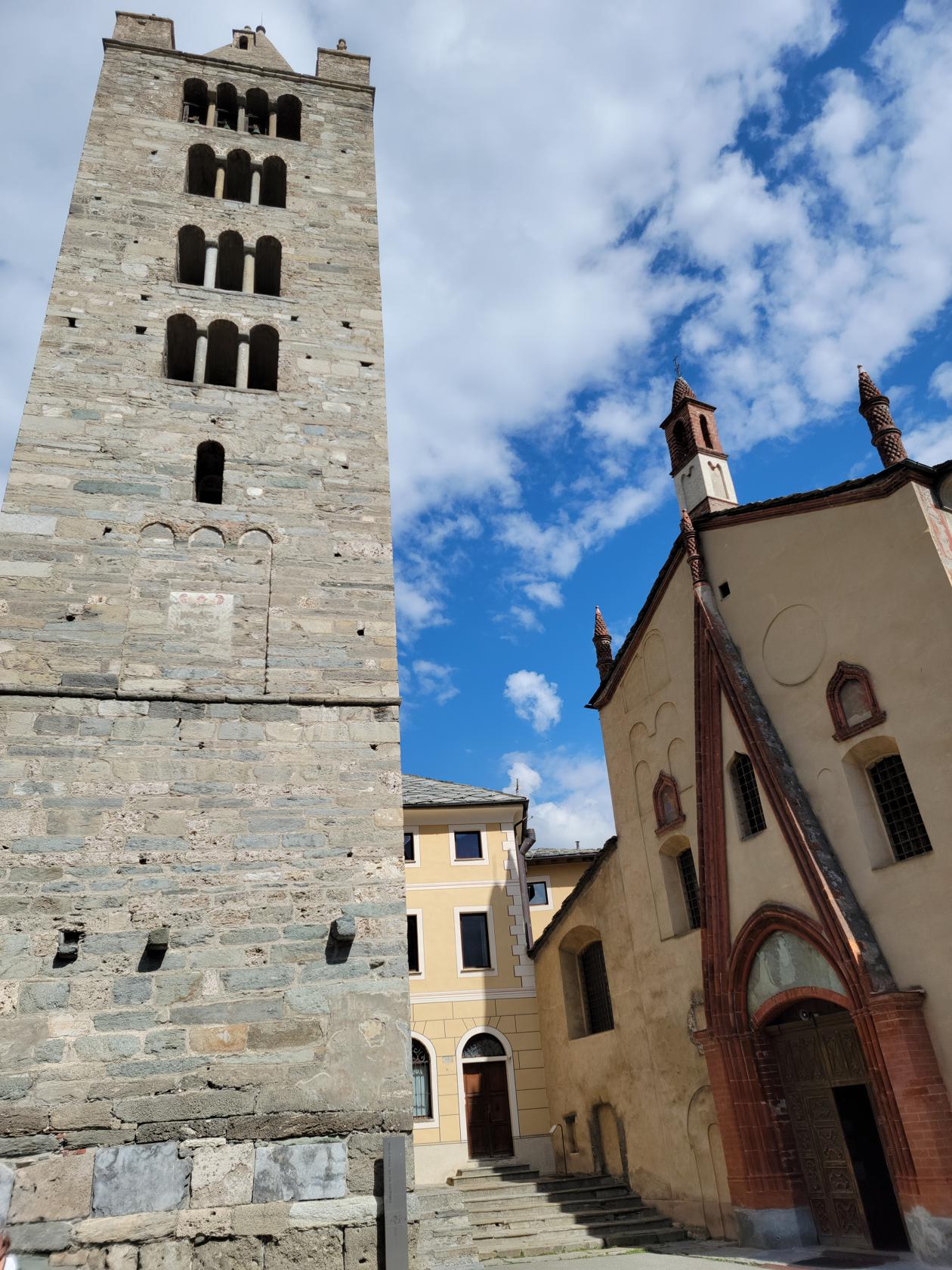
Romanesque Cloister of Sant-Orso
A fine example of Romanesque art and cloister architecture the Cloister of Saint Orso.

Almost every column lining the portico inside the cloister has a unique sculpted capital, depicting strange images of times forgotten. Some of the columns have multiple pillars abutting their capitals, making them even stranger and perhaps more difficult to understand by researchers.
Paleo-Christian Church Of Sant Lorenzo
Of special interest is the small, paleo-christian Church of Saint Lorenzo. An archeological site in its own right, the old church has actually been excavate underneath the existing church of the same name, Church of Sant Lorenzo.
The Cryptoportico
No one actually knows what the Cryptoportico was used for, it is only known that it was a large rectangular structure with a corresponding lighted basement. It has been conjectured that the layout hints at its use as a marketplace and the cellar as a storage place for grain and other commodities. Unfortunately the slide show provided in the cellar is provided only in Italian, but that appears to only have explained the archeological details of the excavation and not necessarily its intended use.
Restaurants
Caffe Nazionale
Its claim to fame ostensibly is that it’s the oldest cafe in Aosta. Aside from its coffee being overpriced, its outside seating suffering from the hot sun (no umbrellas) and it only having one staff member taking orders, its coffee and brioche are good. However, when I can purchase two Capucinos and two Brioches of the same or better quality right next to my hotel at half the price, it is definitely not worth it! However, if you want a seat in the Piazza Emile Chanoux to eat breakfast, then it is perhaps one of your only options.
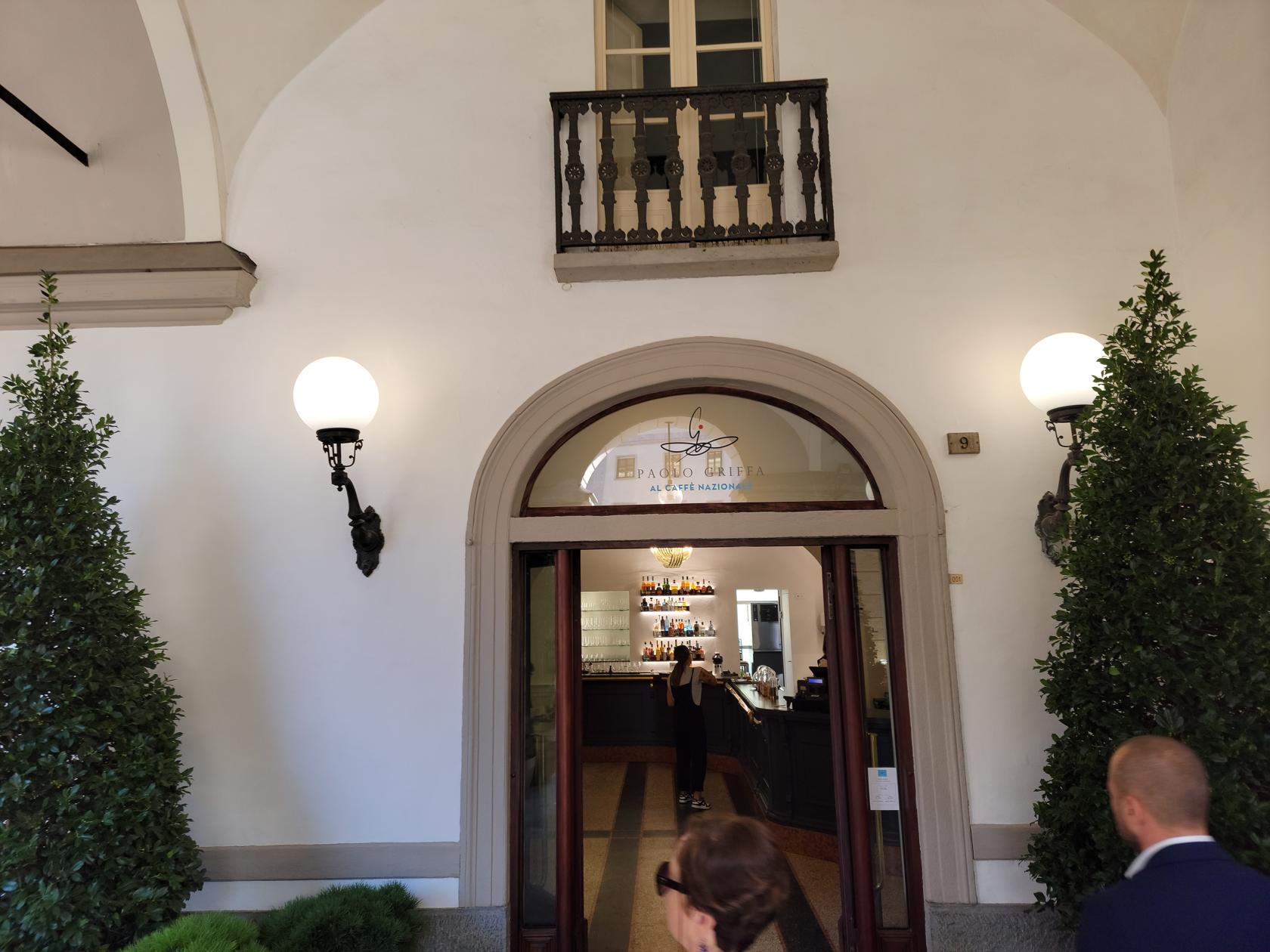
Ristorante Aldente
A very good restaurant, offering both inside and outside seating, is Aldente.

They have a full wine list, with a concentration on local and regional wines, so a great place to try something new. The menu has all the local favorites, consisting of a blend of Italian and French cuisines. A great place to eat for a special evening, or just to relax and enjoy great food.
House O Break
A fantastic place for lunch or dinner. We ate here twice, since they have a varied menu with many local specialties at very good prices.
PubBurger
Nothing special, but dying for something different we went to a burger chain here called PubBurger. The burgers are actually pretty good, but the buns are a bit hard, unlike the ones in the States. The quantity of French Fries too was a bit on the small side, considering it is a burger place, but I didn’t complain because the size of the burger was HUGE!
